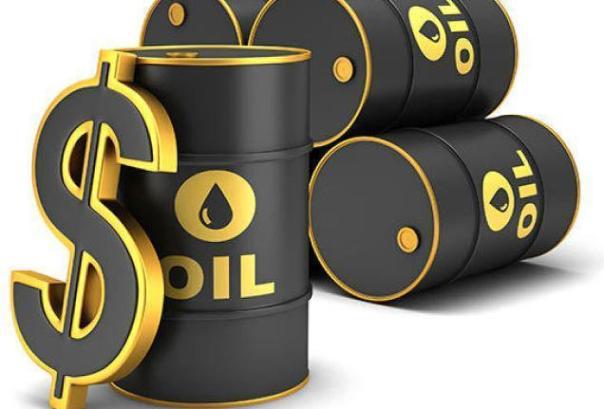Crude oil prices dropped by over one per
cent wednesday with the global benchmark crude, Brent slumping by $1.7
or 1.2 per cent, while the United States crude declined by $1.07 or 1.7
per cent after data showed that the United States’ crude inventories
rose unexpectedly.
(WTI) dropped 1.2 per cent to $67.60 per barrel, Brent, the
international benchmark, was down 1.7 per cent to $72.99 per barrel.
Information Administration (EIA), the official energy information of the
US, showed that the country’s commercial crude inventories jumped by
3.8 million barrels in the week ending July 27.
However, unofficial estimates from the American Petroleum Institute, a
group that represents oil and gas producers, on Tuesday showed a crude
inventory build up of 5.59 million barrels.
declines in two years in July, shedding about seven per cent after the
Organisation of Petroleum Exporting Countries (OPEC) and other
supply-cutting countries led by Russia agreed to roll back coordinated
production constraints that had been bolstering prices since last year.
highest level of 2018 last month, with an output boost of about 70
million barrels per day.
imports jumped, while petrol stocks decreased and distillate inventories
rose, the EIA said in a report wednesday.
barrels in the week to July 27, compared with analysts’ expectations for
a decrease of 2.8 million barrels.
Refinery crude runs rose by 195,000 barrels per day, EIA data showed,
while refinery utilisation rates rose by 2.3 percentage points.
The EIA data also showed that distillate stockpiles, which include
diesel and heating oil, rose by 3 million barrels, versus expectations
for a 264,000-barrel increase.
Brent crude rose to $75 per barrel on Monday, as traders kept the focus
on global supply disruptions and the effects of the United States’
sanctions on Iran.
shipments through the Red Sea’s Bab al-Mandeb strait, one of the
world’s most important sea routes for crude oil, after Yemen’s
Iran-backed Houthis attacked two ships in the waterway.
Also, looming US sanctions on Iran have started to curtail exports from that country.
to pump as much as it could to defend its market share, an action that
sent the price of oil to a low of $27 per barrel in February 2016.
all-time low, OPEC and other major producers, including Russia started
to withhold output in 2017 to rein in oversupply that had depressed
prices since 2014.
However, the cartel and its allies agreed last month to boost supply
after US President, Donald Trump, urged the producers to offset losses
caused by his country’s new sanctions on Iran and to dampen prices.
non-members agreed to return to 100 per cent compliance with oil output
cuts that began in January 2017, after months of underproduction in
Venezuela and elsewhere pushed adherence above 160 per cent.
Oil price had hit $80 per barrel earlier this year, the first time since 2014.





